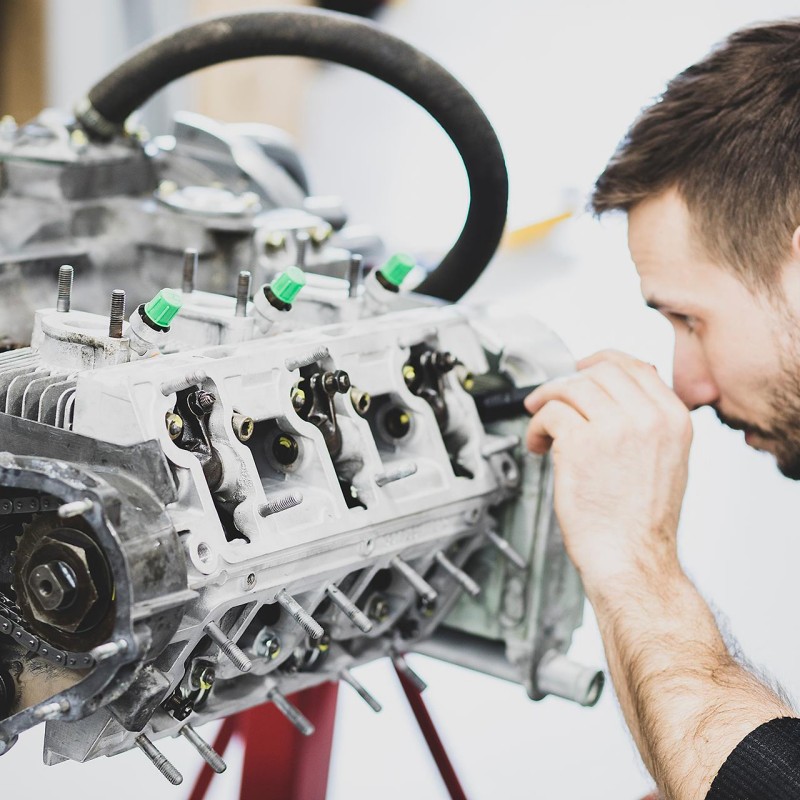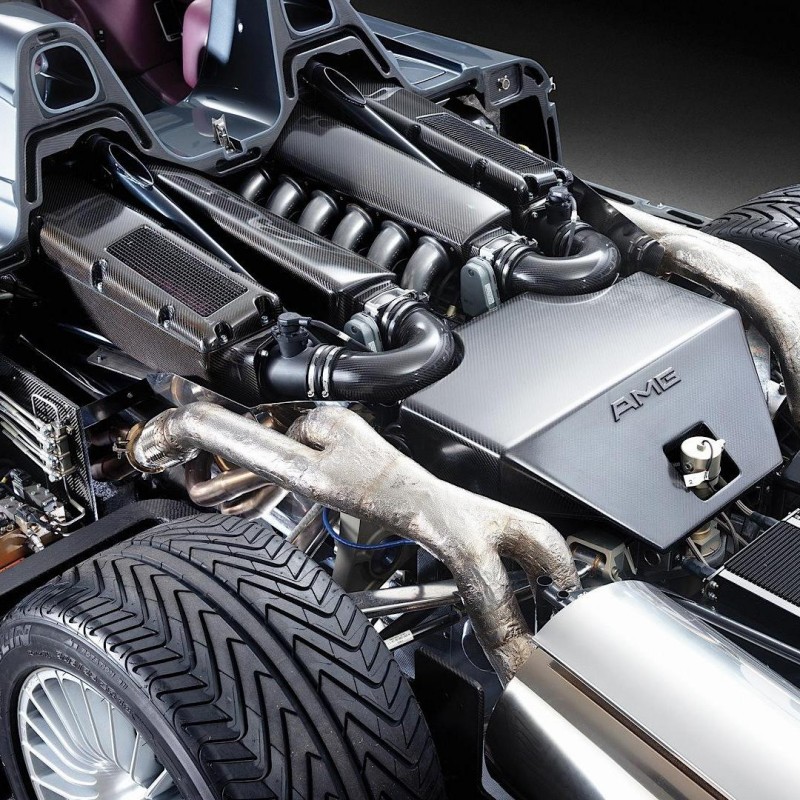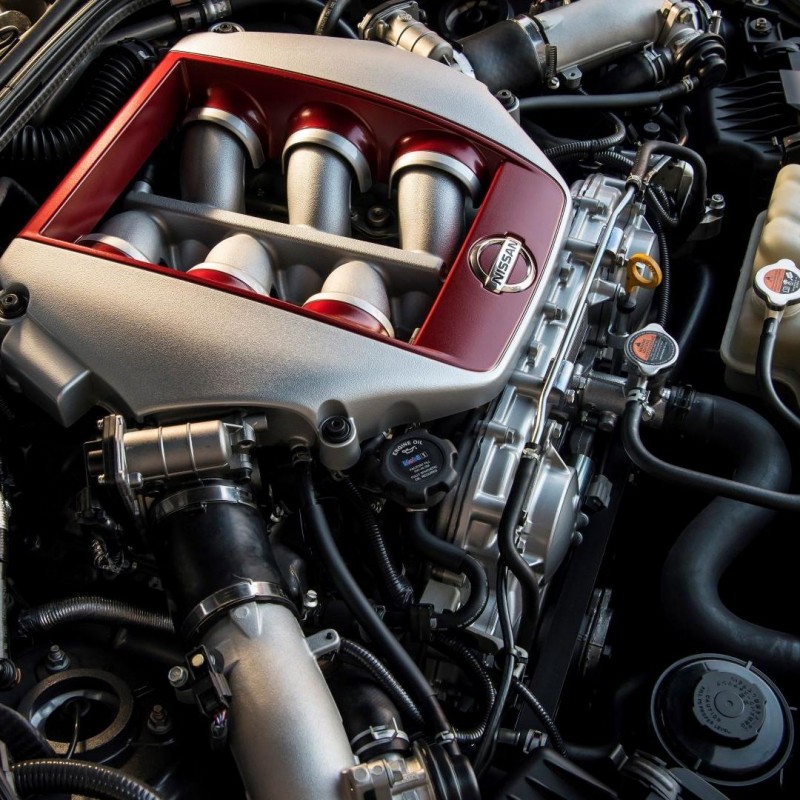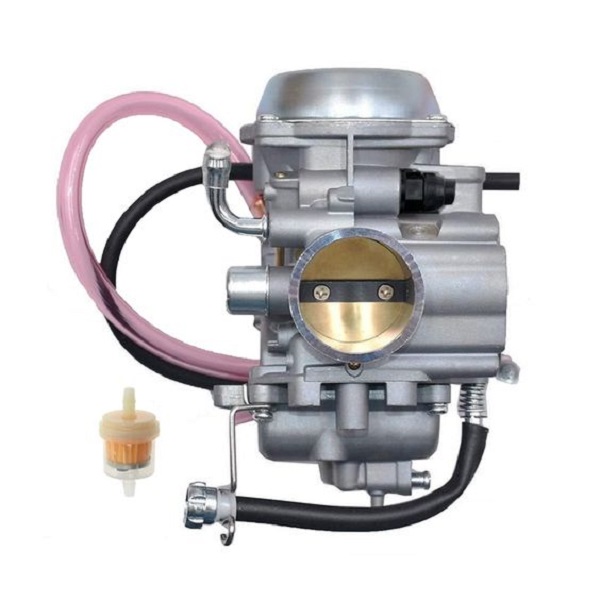Keeping your car engine cool is vital for optimal performance and longevity. An overheating engine can lead to severe damage, resulting in expensive repairs and unattractive downtime. Knowing how to cool down a car engine quickly can prevent long-term issues and keep you on the road. Various factors can cause an engine to overheat, including low coolant levels, faulty thermostats, and issues with the radiator or water pump. In critical situations, it becomes essential to know the steps to take when your engine temperature rises sharply. In this article, we’ll explore the causes of overheating, practical solutions to cool your engine, and preventive measures to ensure your vehicle remains in excellent working condition.
Understanding Engine Cooling Systems
The Basics of Engine Cooling
An engine’s cooling system plays a crucial role in maintaining an optimal operating temperature. The system comprises several components, each working together to manage heat generated during combustion. Without an efficient cooling system, the engine could overheat, leading to breakdowns and potential damage.
Core Components of the Cooling System
The main components of a car’s cooling system include:
- Radiator: The radiator dissipates heat by circulating coolant throughout the engine. It uses airflow from the vehicle’s movement or the radiator fan to release heat.
- Water Pump: The water pump circulates coolant through the engine and radiator, maintaining an even temperature throughout the system.
- Thermostat: This component regulates coolant flow in the engine. It opens to allow coolant to flow once the engine reaches a specific temperature, ensuring optimal operation.
- Hoses: Cooling hoses transport coolant between the engine, radiator, and other components, maintaining a fluid path for circulation.
How Overheating Occurs
Overheating can occur due to several reasons:
- Low Coolant Levels: Insufficient coolant can hinder heat transfer, leading to rising temperatures.
- Malfunctioning Thermostat: If the thermostat remains closed, it prevents coolant from circulating, increasing engine temperatures.
- Clogged Radiator: Dirt and debris can obstruct airflow, impairing the cooling process.
- Faulty Water Pump: A failing pump cannot circulate coolant effectively, resulting in overheating.
Recognizing these factors helps identify potential issues before they escalate into more significant problems.
Signs Your Engine Is Overheating
Recognizing Overheating Symptoms
Knowing the signs of an overheating engine allows for timely intervention. Common symptoms include:
- Temperature Gauge Warning: Most vehicles have temperature gauges on the dashboard. If the needle approaches the ‘hot’ zone, it’s time to act.
- Warning Lights: Watch for any warning lights related to engine temperature on your dashboard, indicating potential overheating.
- Steam or Smoke: If you see steam or smoke rising from under the hood, your engine is likely experiencing extreme temperatures.
- Unusual Noises: Overheating can lead to expansion within the engine components, resulting in strain and unusual noises from the engine compartment.
Immediate Actions to Take
If you notice any of these symptoms, it’s essential to take swift action to cool down the car engine quickly. Neglecting to respond can worsen the situation and lead to permanent damage.
Steps to Cool Down a Car Engine Quickly
Step 1: Pull Over Safely
If you suspect your engine is overheating, your first action should be to pull over safely. Choose a clear, flat area away from traffic, and ensure that you engage the parking brake.
Step 2: Turn Off the Engine
Once parked, turn off your engine immediately. Allowing the engine to idle while it’s already overheating may lead to further temperature increases.
Step 3: Open the Hood
Pop the hood to allow heat to escape. Opening the hood creates airflow around the engine compartment and helps dissipate heat more effectively.
Step 4: Let the Engine Cool
Allowing the engine time to cool is critical. Depending on the severity of the overheating, this can take anywhere from 10 to 30 minutes. It’s important not to rush this process, as opening the radiator cap while the engine is hot can lead to burns from steam or hot coolant.
Step 5: Check Coolant Levels
After your engine has cooled for a while, check the coolant levels in the reservoir tank:
- Locate the Reservoir Tank: Typically made of translucent plastic, it is located near the radiator.
- Assess Fluid Levels: Ensure levels are within the designated marks. If it’s low, add coolant or water (when the engine is cool).
Step 6: Identify Possible Leaks
While waiting, inspect the area around your vehicle for coolant leaks. Look for puddles or stains under the engine, especially near the radiator and hoses. If you find a leak, it could indicate a more serious issue that requires professional attention.
Step 7: Restart and Monitor
Once the engine is cool and you’ve addressed the coolant level, you can restart the vehicle.
- Observe the Temperature Gauge: Keep an eye on the temperature gauge while the engine runs. If the temperature stays within normal limits, you are likely in the clear.
- Listen for Unusual Noises: Pay attention to any unusual sounds that could signal a continued issue.
- Get Help if Needed: If the engine overheats again shortly after starting, seek professional assistance immediately.
Preventive Measures to Avoid Overheating
Regular Maintenance Checks
Preventing engine overheating often involves regular maintenance checks. Implement a routine inspection schedule that includes:
- Coolant Levels: Regularly check coolant levels and refill as necessary.
- Thermostat Functionality: Inspect and replace thermostats if they show signs of malfunction.
- Water Pump Condition: Ensure the water pump operates correctly; examine for leaks or unusual noises.
Engine Cooling System Flush
Periodically flushing the coolant system helps keep your system clean and free of debris. A clean system facilitates better cooling performance while preventing clogs and corrosion. Make sure to follow the manufacturer’s recommendations for flushing intervals.
Invest in High-Quality Coolant
Utilizing high-quality coolant helps prevent overheating. Different coolant formulations are available, including traditional and extended-life coolants. Always refer to your vehicle’s owner’s manual for the appropriate type.
Ensure Radiator Functionality
Regularly inspect your radiator for any blockages or damage. Clearing debris, ensuring proper airflow, and checking for leaks can improve the cooling system’s efficiency.
Use a Block Heater in Cold Climates
If you live in colder climates, consider utilizing a block heater to warm your engine before starting. This device reduces strain on the engine, minimizing the risk of overheating during harsh conditions.
Tools and Equipment for Testing and Repairs
Essential Tools for Maintenance
To efficiently prevent overheating and address potential issues, consider equipping yourself with the following tools:
- Coolant Test Kit: This kit allows you to test the quality of your coolant and check for proper freeze protection.
- Pressure Gauge: A pressure gauge helps assess the condition of the cooling system and identify leaks.
- Radiator Flush Kit: This kit facilitates coolant flushing, making it easier to maintain a clean cooling system.
- Basic Toolset: A comprehensive toolset, including wrenches, screwdrivers, and pliers, is essential for performing most maintenance tasks.
- Thermometer: An infrared thermometer lets you quickly check temperature variances in different parts of the engine, helping identify overheating areas.
Professional Diagnostic Tools
For those seeking in-depth testing, consider utilizing professional-grade equipment such as:
- OBD-II Scanner: This device reads error codes from the vehicle’s computer, helping identify issues affecting engine performance.
- Compression Tester: A compression tester evaluates the engine’s health, allowing you to gauge whether there are underlying problems.
Troubleshooting Common Cooling System Issues
Identifying Symptoms
Common indicators of cooling system problems include:
- Overheating Engine: An engine that frequently overheats may point to various issues, including a malfunctioning thermostat or low coolant.
- Steam or Smoke: Observing steam or smoke can suggest boiling coolant or severe overheating of engine components.
- Unpleasant Odors: If you notice a sweet smell, it may indicate coolant leakage.
Diagnosing Cooling System Failures
To diagnose cooling system failures, proceed through these steps:
- Check the Thermostat: Remove and test the thermostat by placing it in boiling water to see if it opens correctly.
- Test the Water Pump: Inspect the water pump for leaks and ensure it spins freely. If it appears to be malfunctioning, it may need replacement.
- Examine Hoses: Inspect all hoses for cracks, soft spots, or bulging areas that could lead to leaks.

Conclusion
In summary, understanding how to cool down a car engine quickly is vital for maintaining optimal engine performance and avoiding damage. By recognizing the signs of an overheating engine, efficiently executing cooling procedures, and employing preventive measures, you can protect your vehicle and ensure a longer lifespan.
The valve seat insert technique is essential for engine repairs, ensuring seamless operation. Proper tire maintenance, understanding cooling systems, and following best practices contribute to a smoother driving experience.
As a vehicle owner, taking time to familiarize yourself with these aspects helps you make informed decisions that enhance your driving experience. By maintaining your vehicle and understanding its cooling and operational systems, you can ensure that you enjoy both safety and performance on the road.


